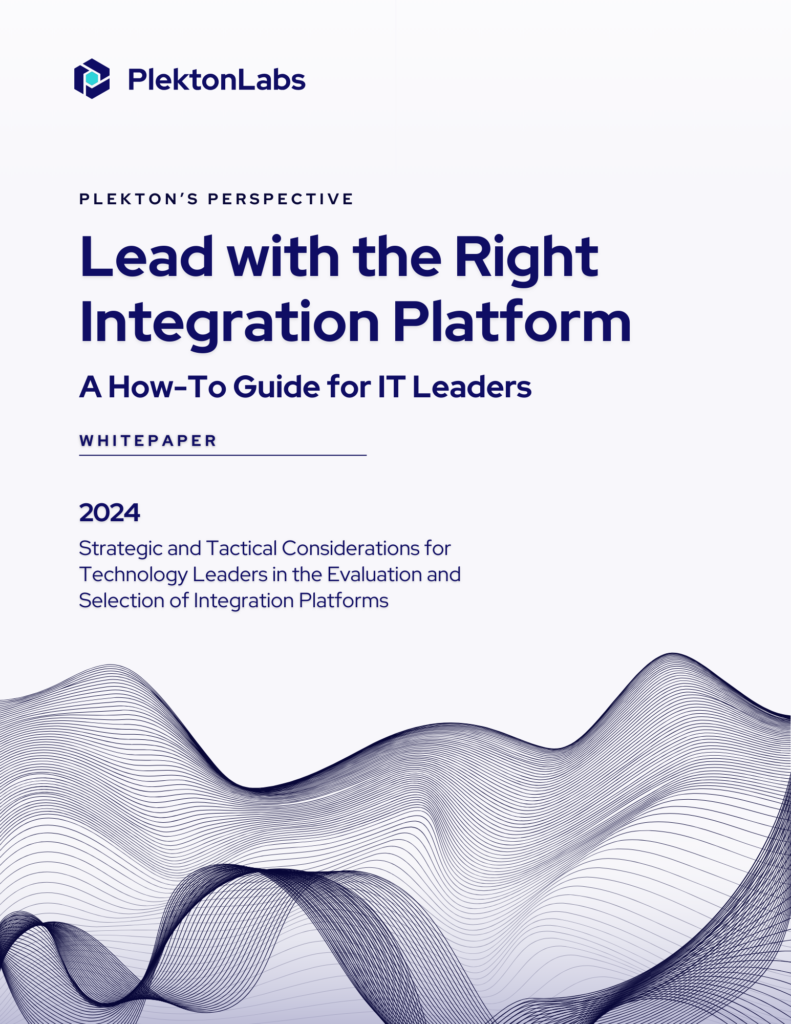Anyone dabbling in tech will know the importance of integration and the role of APIs in creating and connecting modern applications. APIs provide a standardized interface; streamlining complex processes, making it simple for an organization to secure and manage its data. Rest APIs and event-driven APIs are the two major players in the API economy. While many businesses are turning to event-driven APIs for their convenience, others are reluctant at the idea of acquiring event-driven APIs from scratch.
This article will show how one can derive event-based capabilities from the APIs they already possess. Besides that, we’ll also take a look at how rest-based and event-driven APIs differ in the way they work.
Rest APIs vs. Event-Driven APIs
| REST APIs | Event-Driven APIs | |
| Consumer | Trigger requests and maintain state | Wait for updates |
| Midpoint | API Gateway | |
| Producer | Stateless Response | Push, maintain, and state tolerant |
We have already talked about REST-based APIs and event-driven APIs in the past. But to recap, RESTFUL APIs are based on the concept that the requestor directs a request message to a replier system which then receives and handles the request.
If all goes according to plan, the responding system returns a message in reply. Although this system is reliable and works well for more structured requests, it restricts integrations to those where each system has a clear idea of what it needs from the corresponding body. RESTful systems depend on synchronous interactions.
On the other hand, asynchronous interactions are what event-based solutions depend on, and actions are prioritized in eventful systems.
Event-driven architecture involves applications integrating various services and products according to event-driven interactions which are initiated by things like event consumers, event emitters, and event channels. Events are normally significantly altered conditions that are produced, published, identified, or consumed.
In other words, an event-driven design gives servers the ability to send requests and respond to them in real-time. They can also do so in a way that provides greater flexibility in the way data is shared, or integrated across applications.
In event-based APIs, a provider initiates the event and the consumer has to define an endpoint which the provider can call to then send the notification to the consumer. The consumer is then alerted as soon as the bit of information is ready.
Incorporating Event-Driven Capabilities in Existing APIs
It has been pretty much accepted that event-based APIs provide a better solution. The good news is that developers won’t need to go back to the drawing board every time they want to build a new API. Here is how you can implement event-driven capabilities into existing APIs and get the desired result.
API management is one of the primary things to keep track of before getting started. It is responsible for all sorts of externalized events.
This can sound chaotic and like a lot of work, but it doesn’t have to be. AnyPoint Platform™ includes robust API management abilities that can tackle any number of deployment configurations. As a result, you can rest easy knowing all your APIs are secure.
Moreover, AnyPoint Platform helps derive event-driven APIs through API management and integration services. Adding event-based capabilities to the APIs already in your catalog can be done through Webhooks and Polling.
Simply put, Webhooks is like a subscription service. It is provided as a REST API where the client or developer generates a URL, enabling them to receive data from the API provider. It can be managed just like any other REST API.
It also generates a user-defined callback URL to push an event to the server or API provider. Thanks to Webhook, consumers can both subscribe and get the notification simultaneously.
Polling is also another way to use an existing API. One can also use an event-driven engine to provide endpoints and have them exposed in API Management. When you combine the endpoint and Webhook, publishing a REST API with event-based capabilities becomes a possibility.
Conclusion
APIs are crucial in fintech operations today since they are the middle-man in all requests. Add to that the propensity and necessity of instantaneous results and real-time data and it becomes clear just how much businesses rely on APIs to keep things running smoothly.
All this becomes much easier when you realize Anypoint Platform and the AnyPoint API Manager are there to help you manage things with minimal effort on your part. They also make sure you can use existing APIs to improve and derive event-driven capabilities.





